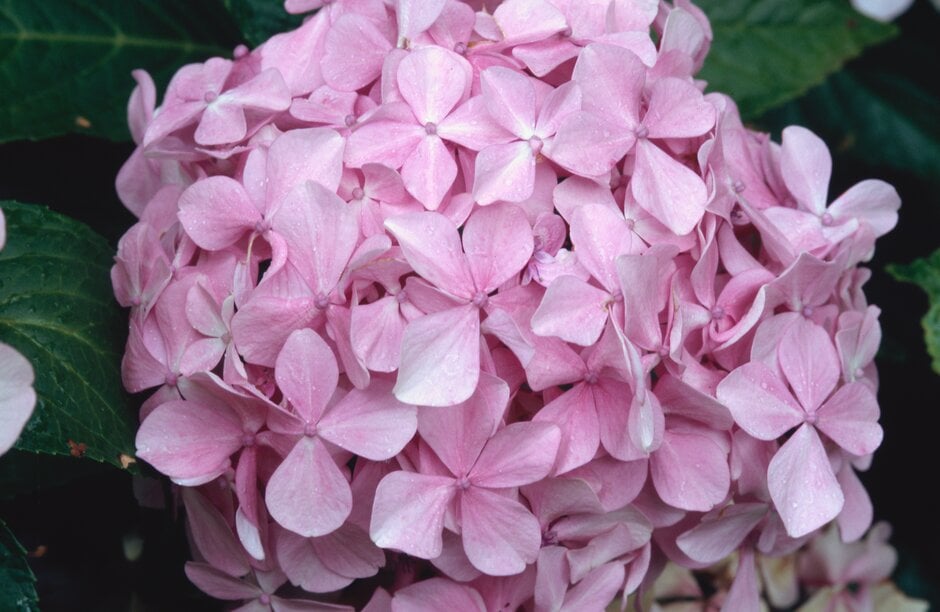Hydrangea macrophylla 'Sir Joseph Banks'
hydrangea 'Joseph Banks'
A spreading, medium-sized, deciduous shrub up to 2m high and 1m wide, with broad ovate leaves and producing very large flowerheads consisting of clusters of cream flowers, later becoming pale pink or pale hyacinth-blue, in summer

Buy this plant
Size
Ultimate height
1.5–2.5 metresTime to ultimate height
5–10 yearsUltimate spread
0.5–1 metresGrowing conditions
Moisture
Moist but well–drainedpH
Acid, NeutralColour & scent
| Stem | Flower | Foliage | Fruit | |
| Spring | Green | |||
|---|---|---|---|---|
| Summer | Cream Pink Blue | Green | ||
| Autumn | Green | |||
| Winter |
Position
- Full sun
- Partial shade
Aspect
East–facing or North–facing or West–facing
Exposure
Exposed or Sheltered Hardiness
H5Botanical details
- Family
- Hydrangeaceae
- Native to GB / Ireland
- No
- Foliage
- Deciduous
- Habit
- Bushy
- Potentially harmful
- Skin allergen. Wear gloves and other protective equipment when handling. Pets (dogs, cats): Harmful if eaten. For further information and contact numbers regarding pets, see the HTA guide to potentially harmful plants
- Genus
Hydrangea can be deciduous or evergreen shrubs, or self-clinging climbers, with flowers in clusters usually comprising both small fertile and more showy sterile flowers; often good autumn colour
- Name status
Accepted
- Horticultural Group
- Hortensia hydrangeas (also known as mopheads) are compact bushy deciduous shrubs with broadly ovate leaves and rounded flower clusters composed almost entirely of showy sterile flowers
How to grow
Cultivation
Grow in any moist but well-drained soil in partial shade or grow in sun if soil remains reliably moist. Improve chalky soils with organic matter to support good growth. See shrubby hydrangea cultivation for further advice
Propagation
Propagate by softwood cuttings in early summer
Suggested planting locations and garden types
- City and courtyard gardens
- Coastal
- Cottage and informal garden
- Flower borders and beds
- Wall side borders
Pruning
See pruning group 4 for further advice and video guide
Pests
May be susceptible to aphids, capsid bug and hydrangea scale
Diseases
May be susceptible to a leaf spot, powdery mildews, grey moulds (Botrytis) and honey fungus (rarely)
Get involved
The RHS is the UK’s gardening charity, helping people and plants to grow - nurturing a healthier, happier world, one person and one plant at a time.